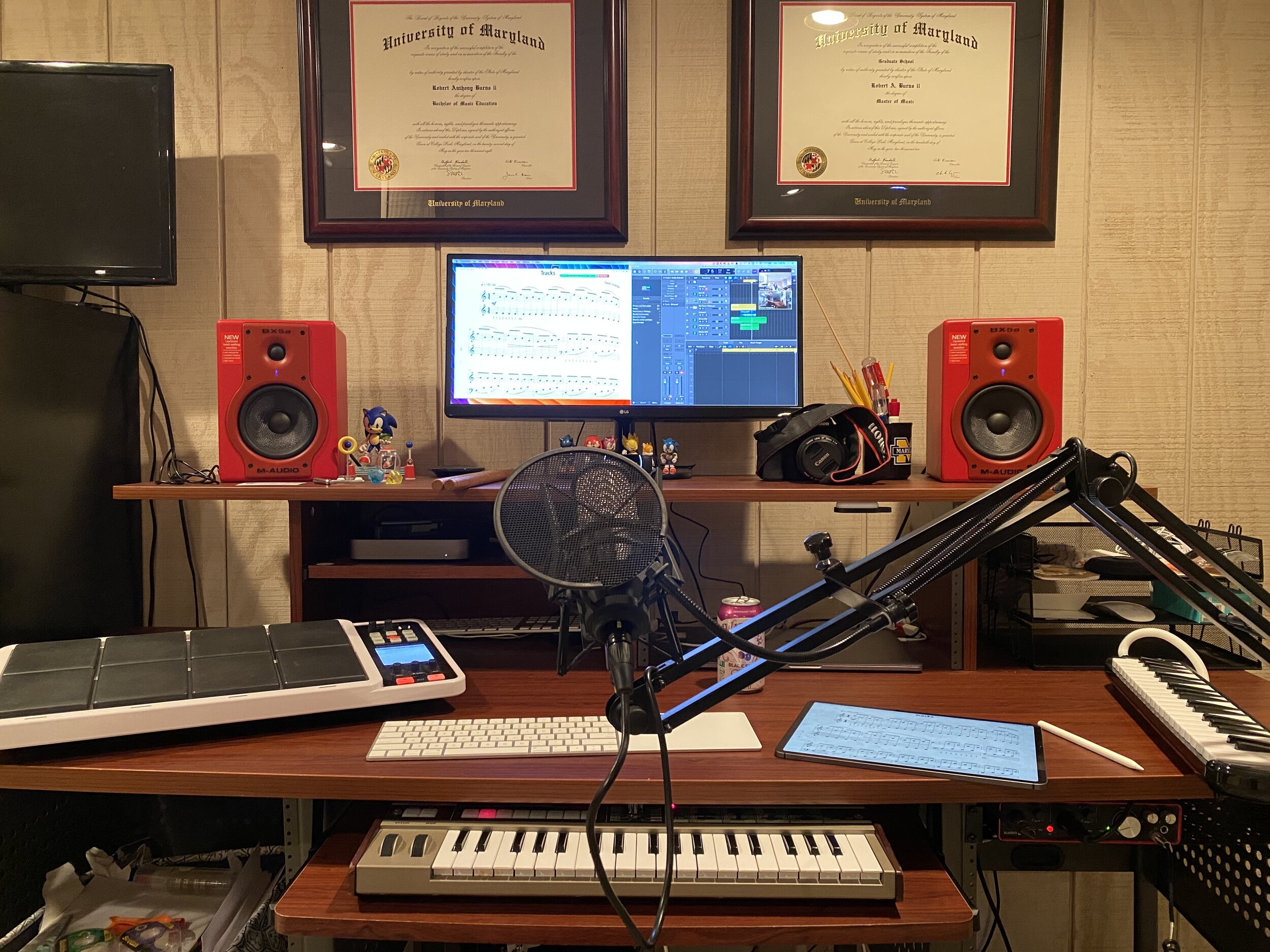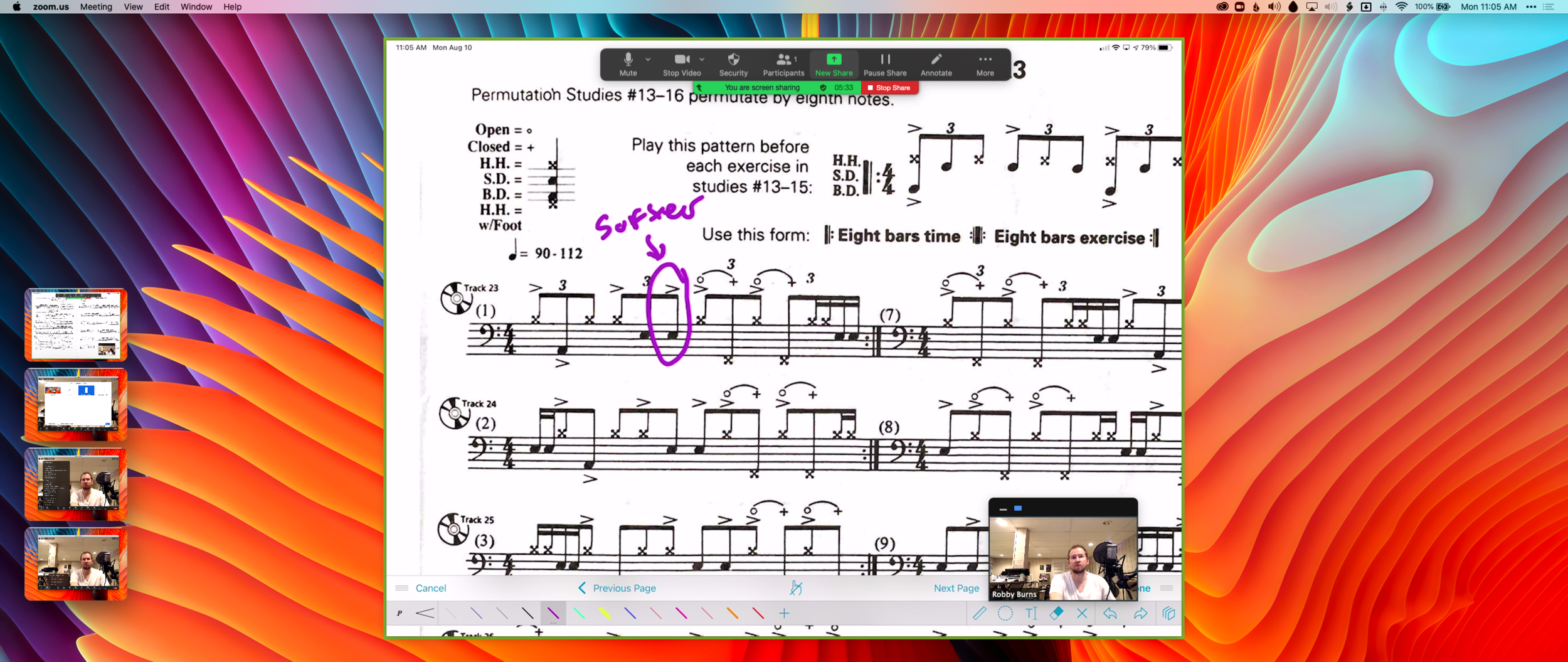From Jason Snell at Six Colors...
SoundSource 5.5 adds Shortcuts support for full Mac audio automation – Six Colors:
On Monday Rogue Amoeba released SoundSource 5.5, the latest version of its handy Mac sound-routing utility that—let’s be honest—is doing all the heavy lifting for a feature that should probably be a core part of macOS. (Apple doesn’t seem to really care about Mac audio, and that’s good for Rogue Amoeba’s array of products.)
The big feature of SoundSource 5.5 is support for Shortcuts. While Rogue Amoeba’s utility Audio Hijack decided to primarily support automation via JavaScript with some basic Shortcuts hooks, SoundSource is all in on Shortcuts. The app provides 17 different actions, and they affect not just SoundSource’s individual control over apps and audio inputs, but the system’s as well. So with SoundSource, you can now automate many of your Mac’s default audio settings, setting a new default input and output, for example.
SoundSource is one of my most depended-on Mac utilities. Shortcuts support is a natural extension to the app that I have been waiting for.
Most of my desks at school and at home have an audio interface set up that I plug into. While my computer usually defaults to it as the input and output when I plug it in, it doesn't always.
It is great to be able to have Shortcuts automate the selection of my input and output, amongst the other actions SoundSource is capable of.
For example, when I plug in to the front of the band room, my "Rehearsal" automation automatically starts, and one of the steps of this automation is to ensure that the Mac is outputting to my Scarlet Solo audio interface and set the volume to 50%.











